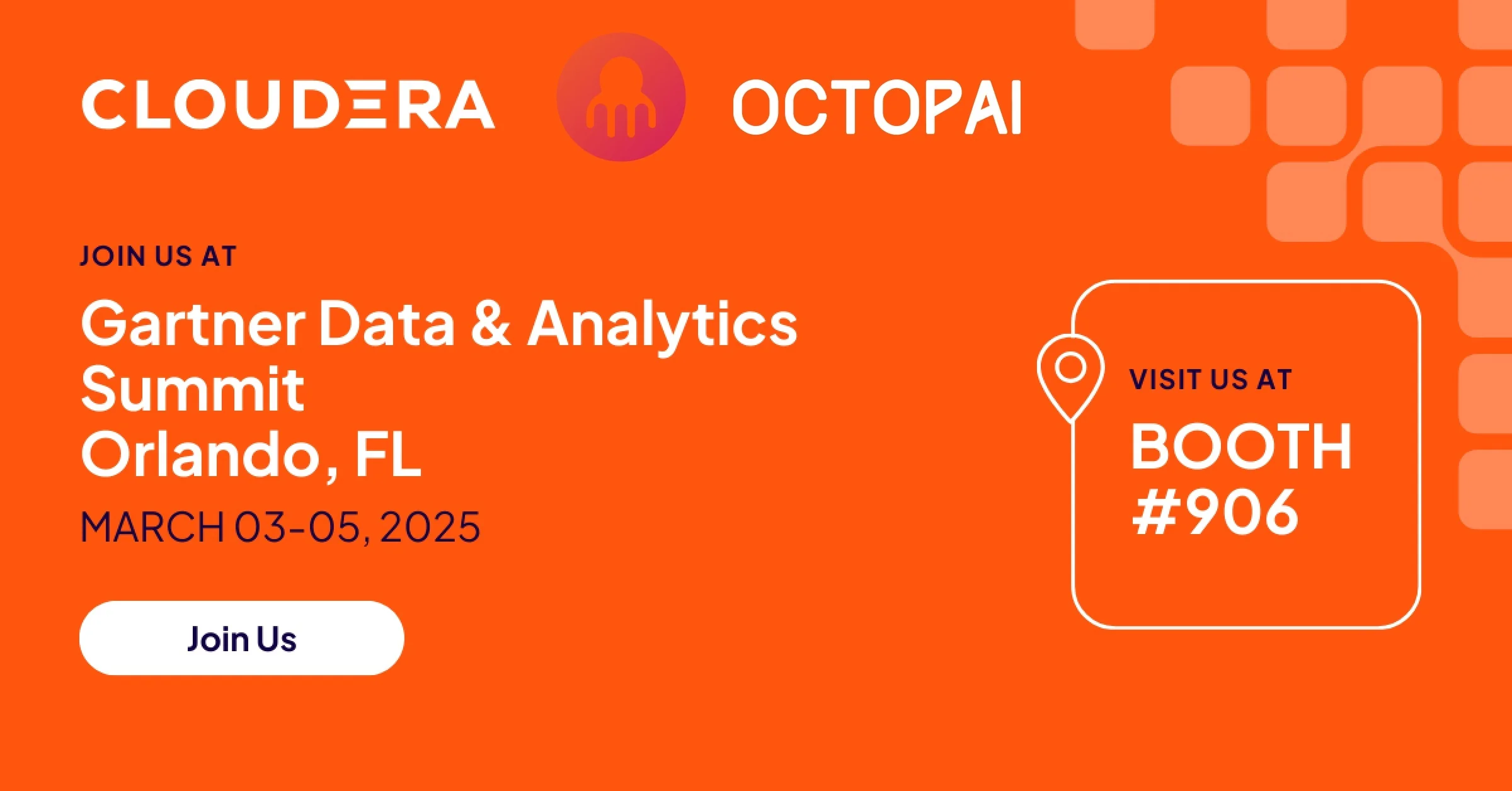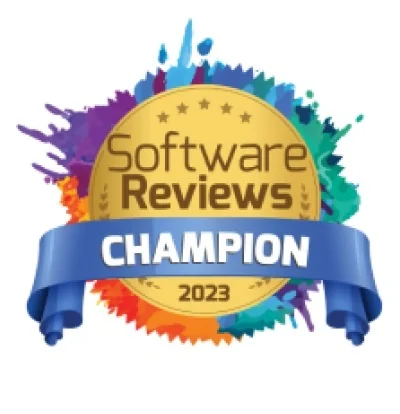In today’s data-centric world, organizations often tout data as their most valuable asset. However, many struggle to maintain reliable, trustworthy data amidst complex, evolving environments. This challenge is especially critical for executives responsible for data strategy and operations. Here’s how automated data lineage can transform these challenges into opportunities, as illustrated by the journey of a health services company we’ll call “HealthCo.”
The Data Strategy
HealthCo, like many forward-thinking organizations, recognized early on that data is not just a valuable asset but a strategic imperative. They put data at the forefront of their business, integrating it into decision-making processes, products, and services. By doing so, they aimed to drive innovation, optimize operations, and enhance patient care. They invested heavily in data infrastructure and hired a talented team of data scientists and analysts. The goal was to develop sophisticated data products, such as predictive analytics models to forecast patient needs, patient care optimization tools, and operational efficiency dashboards. These data products were intended to enhance patient outcomes, streamline hospital operations, and provide actionable insights for decision-making. This strategic choice justified further investment into their data team, infrastructure, management, and science. HealthCo envisioned a flywheel effect where the more value they derived from their data products, the more they could invest in and enhance their data capabilities.
The Problem
Despite their strategic vision, HealthCo quickly encountered significant challenges as they scaled. The complexity of their data ecosystem became a major obstacle. Their data team managed a diverse array of sources, including SQL Server, Oracle databases, Snowflake, and Informatica. Additionally, they used multiple BI tools like Power BI, Tableau, MicroStrategy, and Qlik. This complex web of platforms created substantial integration and management hurdles.
HealthCo’s hybrid data environment offered flexibility and access to advanced tools but also introduced significant integration challenges. Each system had its own protocols and handling methods, making it difficult to create a unified view. For instance, aligning patient care data from Oracle databases with operational metrics from Power BI was daunting without clear data lineage. Different departments managed their data independently, leading to silos and inconsistencies. This fragmentation meant patient treatment data might not align with financial records, causing conflicting insights that undermined decision-making.
As data inconsistencies grew, so did skepticism about the accuracy of the data. Decision-makers hesitated to rely on data-driven insights, fearing the consequences of potential errors. The deployment of new data products, such as machine learning models for predicting patient readmissions, was delayed due to fears of inaccuracies and potential negative impacts on patient care. Ensuring compliance with healthcare regulations became a daunting task. The inability to trace data lineage accurately made it difficult to demonstrate compliance during audits. This situation posed legal risks and threatened the organization’s reputation. The lack of trust in data created inertia. Despite the potential for high-impact data-driven initiatives, HealthCo hesitated to deploy data products directly to healthcare providers and patients, fearing the high risk of data inaccuracies. This hesitation impeded their ability to fully leverage their data investments and improve patient care.
The Solution
Automated data lineage provides a solution to these challenges, offering comprehensive, end-to-end visibility of data flow across all systems. For HealthCo, this meant they could finally see how data moved from its source through various transformations to its final destination. This visibility was crucial for identifying and rectifying data quality issues quickly, ensuring consistent and reliable insights. By mapping out data lineage, HealthCo broke down data silos, enabling a unified approach to data management. This led to better integration and consistency across the organization. For example, operational efficiency metrics could now be directly correlated with patient outcomes, providing a holistic view that was previously unattainable.
Accurate data lineage rebuilt trust among decision-makers. HealthCo’s leadership could confidently rely on data-driven insights, knowing the data’s journey was well-documented and reliable. This trust empowered them to deploy new data products without fear of inaccuracies, driving innovation and operational improvements. Automated data lineage also made it easier to track data processes and demonstrate compliance with healthcare regulations. During audits, HealthCo could clearly show how data was handled and processed, reducing the risk of non-compliance penalties. This not only protected the organization legally but also reinforced its commitment to high standards of data governance. The trend in the industry shows an increasing investment and emphasis on solving data lineage problems in complex enterprise contexts. HealthCo’s experience demonstrates that automated data lineage is not just a nice-to-have but a must-have for any organization serious about data quality initiatives.
By embracing automated, multidimensional data lineage, HealthCo was able to maintain a consistent and reliable data environment across their hybrid systems. Solving the data lineage problem directly supported their data products by ensuring data integrity and reliability. Predictive analytics models became more accurate as they were based on trustworthy data flows. Patient care optimization tools could pull consistent and integrated data from multiple sources, leading to more effective treatment plans. Operational efficiency dashboards could now provide real-time, accurate insights into hospital operations, enabling better decision-making.
This is where Octopai excels. Octopai’s metadata management platform simplifies the process of managing data lineage by providing automated, multidimensional mapping that integrates seamlessly with complex hybrid data landscapes. Octopai makes it easy to handle the complexities of hybrid data environments, ensuring that organizations can maintain data accuracy, rebuild trust, and drive innovation. Octopai’s platform helps businesses bridge the gap between data strategy and operational reality, turning data into a reliable, strategic asset that powers success.
For executives responsible for data strategy and operations, ensuring data reliability and compliance while navigating a complex data ecosystem is a formidable challenge. Automated data lineage is essential in addressing these challenges, and Octopai’s solution makes it both achievable and manageable. With automated data lineage, organizations can unlock the full potential of their data, transforming it into a powerful asset that drives their success.







